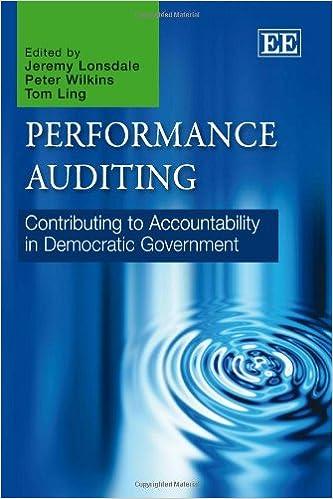Question
Rex sells (relinquished) property and completes a like-kind exchange by purchasing replacement property. The relinquished property is referred to as the Old property and the
Rex sells (relinquished) property and completes a like-kind exchange by purchasing replacement property. The relinquished property is referred to as the Old property and the replacement as the New property. You may assume that all elements of Section 1031 have been satisfied. Complete the empty sections of the chart below:
| FMV Old | 900,000 | 900,000 | 900,000 | 900,000 |
| Liability Old | -0- | -0- | -0- | <100,000> |
| Basis Old | 500,000 | 100,000 | 100,000 | 400,000 |
| FMV New | 900,000 | 700,000 | 1,200,000 | 1,000,000 |
| Liability New | -0- | -0- | -0- | <300,000> |
| Cash | -0- |
| <300,000> |
|
| Cash Received | -0- | 200,000 |
| 100,000 |
| Gain Realized |
|
|
|
|
| Gain Recognized |
|
|
|
|
| Basis New |
|
|
|
|
The above example is what is typically found in a secondary source explaining 1031 exchanges. Exchanges are almost never two-party exchanges. When someone sells relinquished property and wants to do an exchange, the buyer will not cooperate like Crown Zeller Bach did in the Starker exchange.
How does a qualified intermediary solve this problem?
What are the two time periods required to complete an exchange?
Step by Step Solution
There are 3 Steps involved in it
Step: 1

Get Instant Access to Expert-Tailored Solutions
See step-by-step solutions with expert insights and AI powered tools for academic success
Step: 2

Step: 3

Ace Your Homework with AI
Get the answers you need in no time with our AI-driven, step-by-step assistance
Get Started


